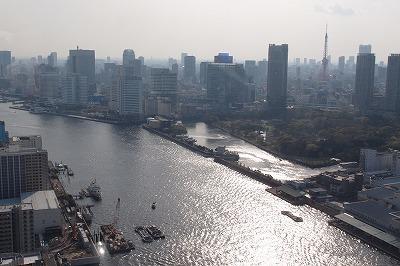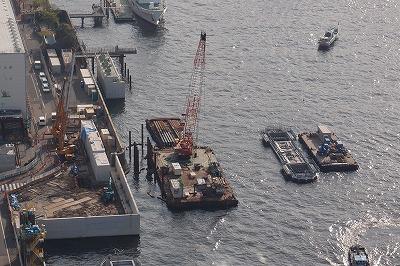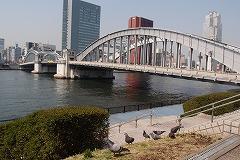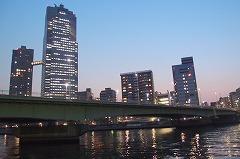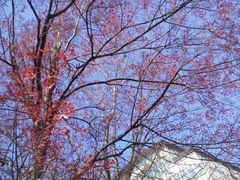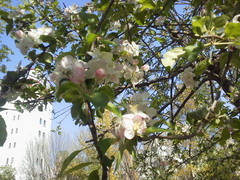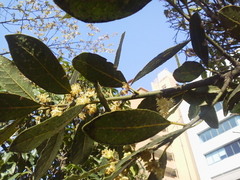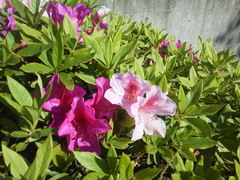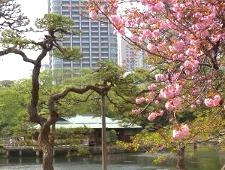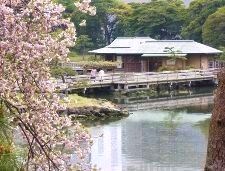"Look at it", "Look at it", "Look at it", "Look at it", "Look at it" ...
Fukushima Prefecture is large.
Even when the cherry blossoms bloom, it is said that the Pacific coast and Okuaizu are more than a month away.
The invitation word "Look, come and see" also has many changes depending on the region and age.
The climate, history, and culture are diverse, and there is a rich way of hospitality.
"MIDETTE" is a nickname for "Nihonbashi Fukushimakan".
"Look at it." Yes, it sounds like a common word in Fukushima Prefecture.
It's something that makes your heart warm.
On April 12, the Nihonbashi Fukushimakan, a base for transmitting information in the Tokyo metropolitan area in Fukushima Prefecture, opened.
I miss Fukushima, where I spent my high school year, so I went to Sunday the day after the opening.
The location is 4-3-16 Nihonbashi Muromachi, Chuo-ku.
From the east exit of JR Kanda Station, take Chuo-dori toward Nihonbashi for about 5 minutes.
From the A8 exit of Mitsukoshimae Station on the Tokyo Metro Ginza Line, it takes about 3 minutes along Chuo-dori toward Kanda.
Oh, there was a line waiting for entrance.
According to the staff, the first day was a row of hundreds of people.
TV and newspapers were also featured as topics.
The demonstration corner on the right side of the entrance is thin bun.
There were many kinds of sweets that were pleased with the souvenirs of returning home.
The fresh fruits and vegetables piled up in the vegetable corner will bring joy when you look at them.
The seeds of cod are tempura. Boil the well-formed asparagus and use sesame miso or mayonnaise. Tomato cucumber is chilled with ice water and rounded.
It is probably a product that the producer sent it to Nihonbashi, Tokyo with confidence.
Just looking at the ingredients, you can imagine how to eat them.
If you ask the staff who speaks with matching uniforms, you will be able to teach you the best cooking method.
There are also folk crafts and character goods.
At the eating and drinking corner in the inner space, depending on the day, Namie Yakisoba and Aizu Ramen are exhibited.
What surprised me was the enhancement of the sake corner.
There were a lot of brands that were difficult to obtain locally.
If you look at the information poster, it is said that sake in Fukushima Prefecture has won the highest gold prize in Japan at the National Sake Inspection Fair in 2012.
The snowy mountain surface is shining, and the thaw water is running down the waterway vigorously.
A climate where vivid subsoil water springs up richly.
If rice, water and climate are good, delicious sake is brought up there.
There was sake brewery on the way to the elementary school, and at the time it had a fluffy scent.
One of my classmates was a daughter of a sake brewery.
As an adult, it's really fun to see the lineup of this brand now.
There was a staff uncle who was talking to customers in a cheerful voice while running around the store.
It looks like a familiar person and a store manager of the antenna shop "Fukushima Market", which was operating in Kasai until this spring.
Familiarity went to Nihonbashi in conjunction with the opening of the Fukushimakan.
Your hard manager, you must have built a wonderful human relationship in Kasai.
I'm glad that, so I've purchased a lot of special items.
![]()
